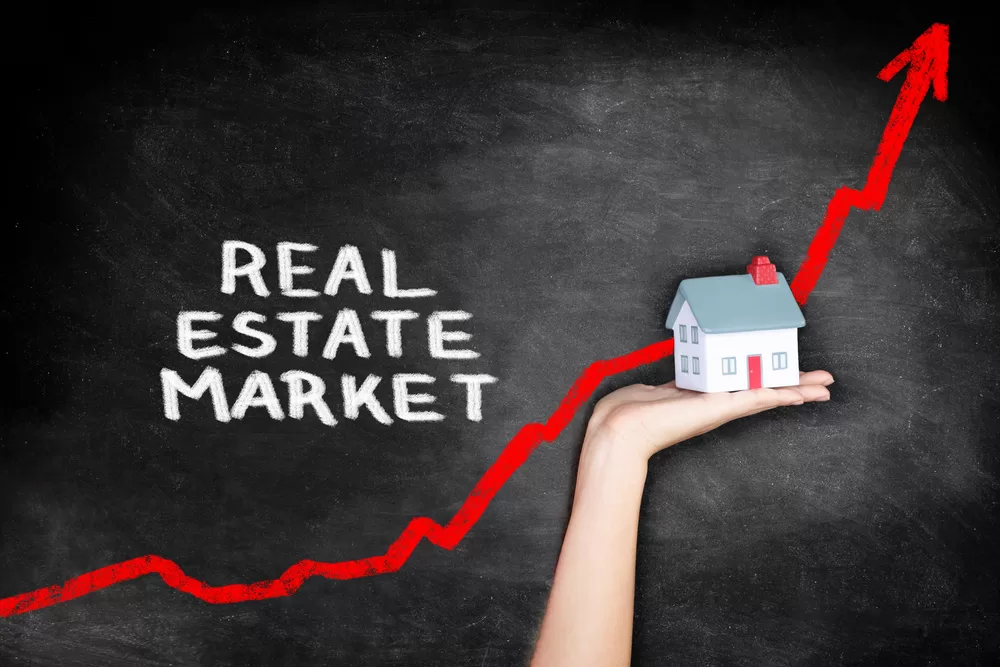

Despite positive economic indicators and near-peak interest rates, the US real estate market remains sluggish. US investors are hesitant to engage in real estate transactions due to the lingering effects of the pandemic and uncertain market conditions. Rising construction costs and labor shortages further contribute to the sluggishness. It is crucial for investors to understand the local market dynamics and adapt their investment strategies accordingly. There is also increasing interest in alternative asset classes, such as logistics and life sciences, as investors seek higher yields and diversification. Patience and a long-term perspective are necessary in navigating the current real estate landscape. Understanding the four main cycles of the real estate market - recovery, expansion, hyper supply, and recession - is essential for making smart strategies in buying, holding, or selling properties. These cycles, which can last about 18 years, are influenced by factors such as economic indicators, population trends, interest rates, and government policies. The state of the real estate market is closely tied to the overall economy and can act as an indicator of its health. Factors like GDP growth, employment rates, consumer spending, population trends, government policies, and interest rates set by central banks all play a role in the market cycle. Location is also key in real estate, with investors focusing on areas with growth potential and solid prospects for long-term development or growth. Flexibility and the ability to adapt to the current market cycle are essential for success in real estate.
The Southeastern region, including Florida, Georgia, and South Carolina, is experiencing rapid population growth, driving demand for various types of commercial real estate such as retail spaces, office buildings, and residential developments. The region's diverse economy and varied market conditions, along with significant infrastructure investments, contribute to the demand for industrial and logistics properties. The Southeast's resilience to natural disasters has also prompted innovations in building design and construction techniques. The regulatory environment varies across states in the Southeast, impacting zoning laws, tax incentives, and development regulations. Studying the Southeast's commercial real estate market provides valuable lessons in adapting to demographic shifts, economic trends, and regulatory changes that affect the industry. [2969963c]
Source: [31dbade4](https://realtybiznews.com/5-things-to-know-about-real-estate-market-cycles/98780200/), [2969963c](https://www.ocregister.com/2024/05/11/what-the-southeast-teaches-us-about-commercial-real-estate/)